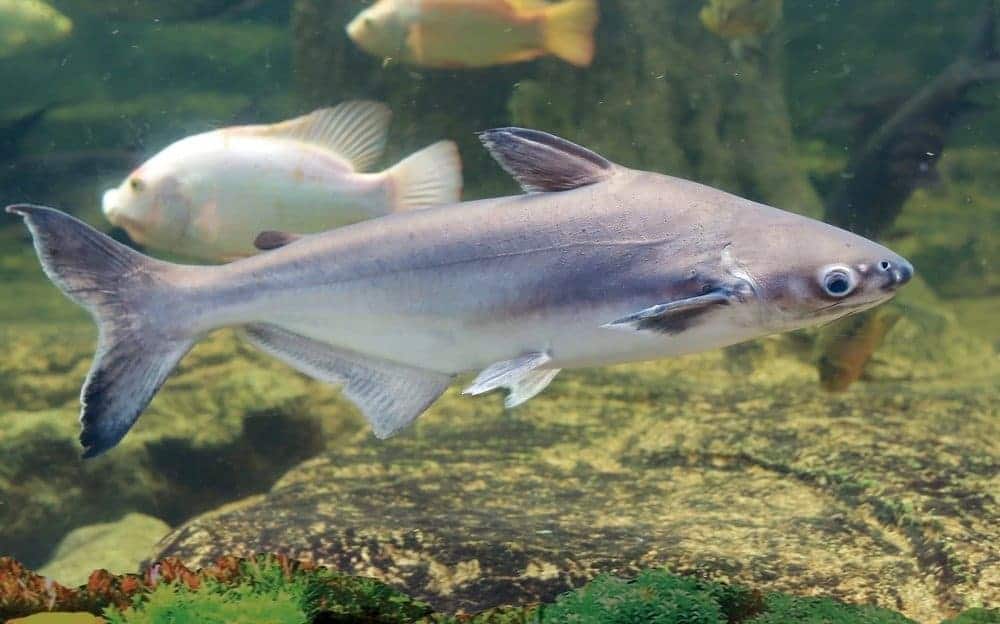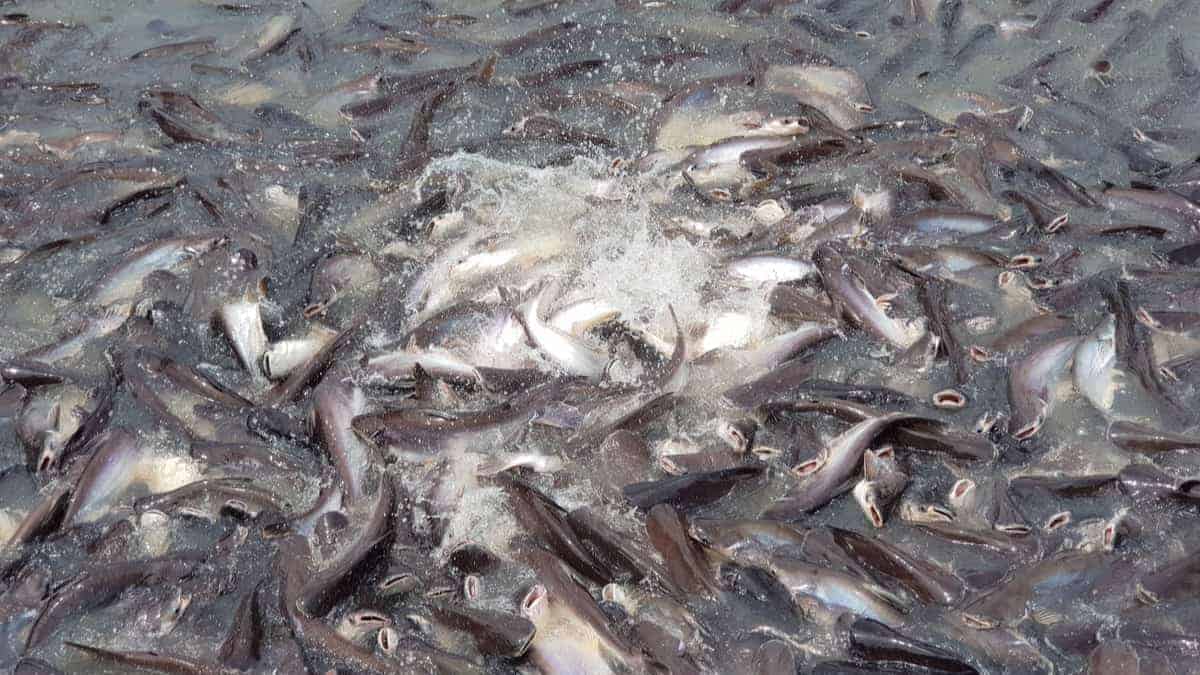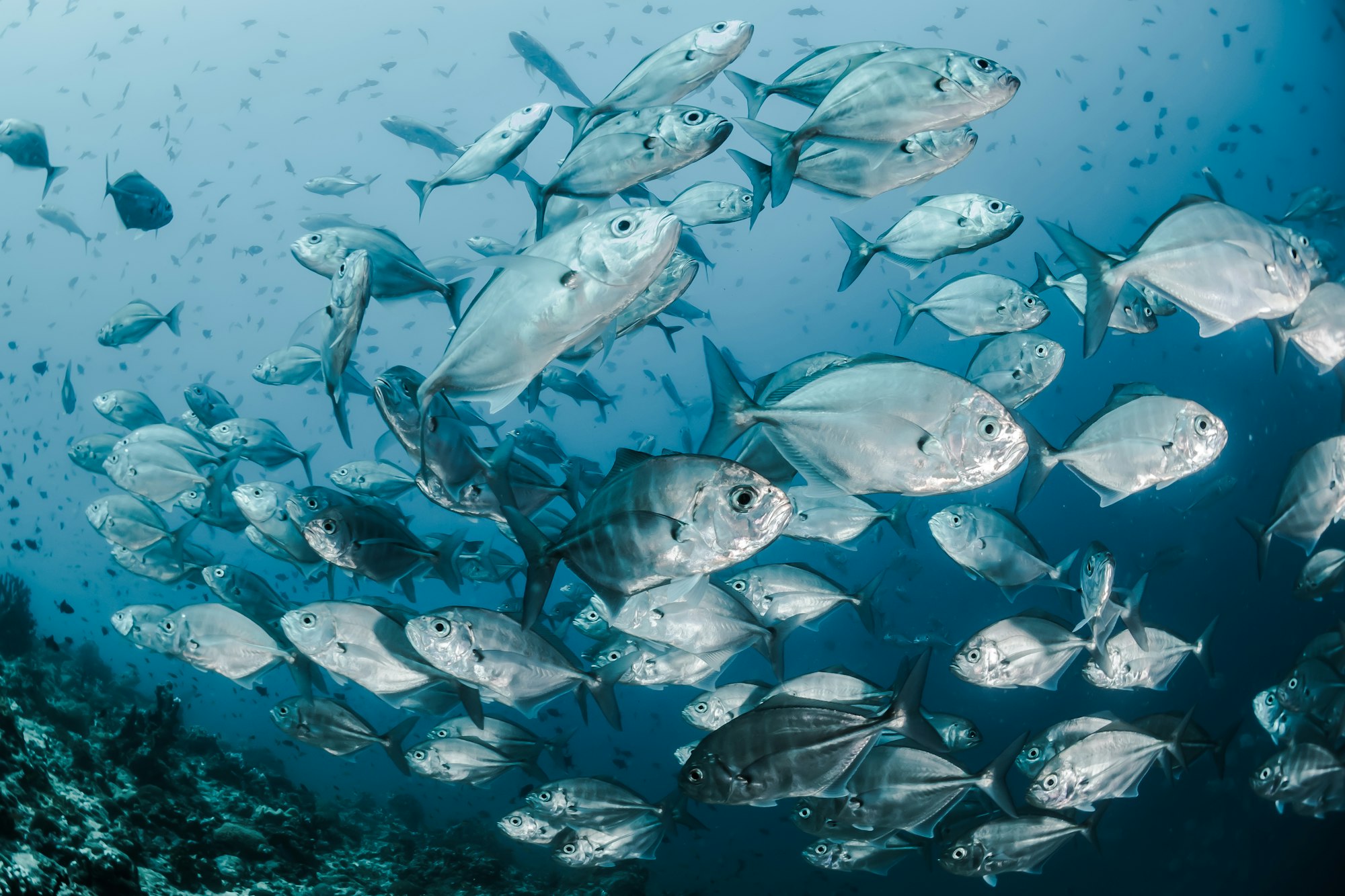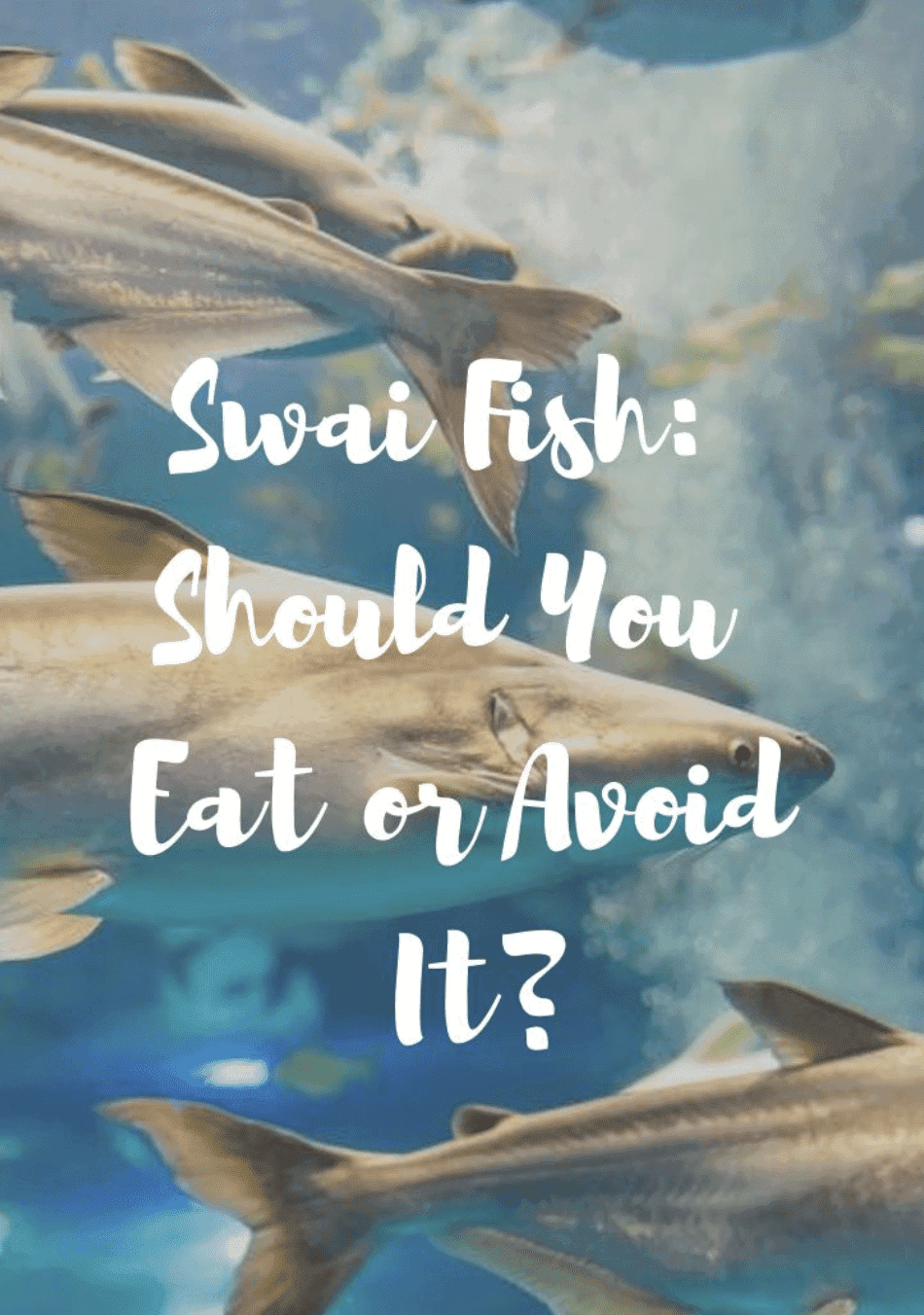Do you eat Swai Fish? Reasons you should stop
Are you a fan of Swai fish? You might want to reconsider. Discover the reasons why you should stop eating this controversial fish in this article.

Swai fish has increasingly captured the hearts and palates of seafood enthusiasts, owing to its delicate flavor profile and wallet-friendly price point. Nonetheless, a few critical considerations might prompt you to reconsider incorporating this piscine delight into your culinary repertoire. Ranging from matters of environmental stewardship to possible health implications, let's delve into the essential factors surrounding Swai fish consumption.
You can greatly improve your health by eating specific kinds of wild-caught fish. Some seafood choices are good sources of protein for building muscle, and some even offer significant amounts of omega-3 fatty acids. But since fish is frequently expensive, people frequently choose less expensive options, like swai fish.
Due to its reduced price, swai fish attracts a lot of customers, including food distributors, however there are serious issues with this species that you need to be aware of. Swai fish only costs about $2 per pound, but when you consider what it might be doing to your health, the price is significantly higher.
Aside from that, would you know that a lot of the time, when you pay top price for catfish, grouper, flounder, and sole, you are actually eating swai that has been factory farmed?
You might want to choose your fish more carefully in the future after reading about the several farming and health concerns associated with swai.
What is a Swai fish?
It is a white fish with a mild flavor and flaky texture. It is a species of freshwater catfish native to rivers in Vietnam. Although it goes by Vietnamese catfish, basa fish, and iridescent shark, it is neither a basa nor a shark species.
The proliferation of names results from confusion over the identification that swai fish experienced in the early 2000s when it was still marketed as "catfish" in the United States.
Congress established a rule declaring that only American catfish could be marketed as such in 2003, which caused a variety of names to flood the market; nonetheless, the Vietnamese fish business appears to have decided on swai today.

However, you won't locate the fish in Alabama, Louisiana, or Mississippi. In addition, it is prohibited from selling swai in several states where the catfish industry is significant.
Nutritional data
A four-ounce fillet of swai contains roughly:
- 80 caloric
- protein, 19 grams
- Fat in 0.5 grams
- sodium content, 30.2 mg (varies)
- cholesterol level of 50.4 milligrams
- Swai (or pangasius) includes 17 milligrams of EPA and DHA for every 100 grams of fish, according to Purdue University research.
Naturally, the ingredients you use to prepare and coat swai fillets alter their nutritional profile by introducing extra fats, carbohydrates, and sodium.

Is it safe to consume Swai Fish?
No, is the short response. This is due to the conventional methods used to grow and feed Swai, not the nutritional value.
Why is swai fish unhealthy? Swai Fish should never be consumed due to significant alarming factors, including the presence of harmful bacteria, the usage of antibiotics to treat sick fish, the unclean water conditions, and frequent swai mislabeling. Therefore, it is one of the fish you should never consume for the above reasons.

Swai fish is often farmed in unsanitary conditions
One of the most significant apprehensions regarding Swai fish is its cultivation methodology. In numerous instances, Swai fish are reared in exceedingly congested aquatic environments, such as ponds or enclosures, compelling them to navigate through their excrement. These circumstances may precipitate unhygienic conditions, potentially augmenting the likelihood of illness and impurities.
Moreover, many Swai farms employ antibiotics and supplementary chemicals to maintain the well-being of the fish, which may concurrently present hazards to human health. Consequently, an array of health connoisseurs advocate circumventing Swai fish, electing instead for more ecologically viable and healthful maritime sustenance alternatives.
Health violations and lax inspection regulations
Swai fish is exempt from the same strict inspection guidelines as other imported catfish because it isn't a catfish.
That's an issue since fish products from Vietnam frequently contain antibiotics prohibited in the United States and pathogens like E-Coli. The U.S. catfish sector is still skeptical that problems like water pollution are being addressed in Asia, even though swai fish still needs to pass inspection procedures.
Aldi's stores in America were forced to recall approximately 26,000 pounds of swai fillets during the summer of 2016. This is because the government did not inspect the fish as required.
However, it's very impressive that careless handling was discovered. The amount of imported seafood tested for antimicrobial medication residue is only approximately 2%. According to one study, among imported seafood in the U.S., Vietnamese fish like swai had the most health infractions.
Swai fish may contain harmful chemicals and antibiotics
As previously indicated, Swai fish cultivation frequently transpires in excessively congested and unsanitary environments, precipitating the employment of antibiotics and various chemical agents to preserve the well-being of the fish. However, accumulating these substances within the fish may potentially jeopardize human health upon consumption.
Furthermore, investigations have unveiled that certain Swai farming establishments utilize prohibited chemicals and antibiotics, exacerbating the detrimental consequences. Consequently, it is imperative to remain vigilant regarding potential hazards and opt for seafood that embodies sustainable and conscientious sourcing practices.
Swai fish may be mislabeled and sold as other types of fish
An additional factor prompting the reevaluation of Swai fish consumption pertains to the prevalent matter of inaccurate labeling. Due to its economical pricing and understated flavor, Swai fish is frequently marketed under alternative nomenclatures, including Basa or Pangasius, which complicates the consumer's ability to identify the product accurately.
In addition, in certain instances, Swai fish has been discovered masquerading as pricier fish varieties, such as catfish or sole. This presents potential challenges for individuals with allergies or specific dietary constraints and equally for those seeking discernment in their seafood selections.
Swai fish may contribute to overfishing and environmental damage
Swai fish, frequently cultivated in vast numbers, can potentially exacerbate overfishing and inflict detrimental consequences on the environment. Customarily, these aquatic creatures are reared in densely packed environments and subsist on a nourishing regimen of fishmeal and fish oil. This practice, unfortunately, can further strain the already dwindling wild fish populations.
Moreover, the waste generated by such piscicultural endeavors may contaminate neighboring aquatic systems, disrupting the surrounding areas' ecological balance. By opting for more ecologically responsible seafood alternatives, we can significantly curtail the adverse ramifications of our marine food intake on the planet's well-being.

Do they offer any potential benefits?
Despite the serious health risks, some individuals still buy swai fish because of its flavor and affordability.
If you enjoy swai, purchase it from a reputable firm that sells eco-friendly goods. Choose a product that bears the label of an eco-certification program. ASC Farmed Pangasius, Naturland, and BAP Certified are a few brands to check for.
If you didn't find swai products with these certificates, you would be better off choosing a more nutritious fish option with even higher omega-3 fatty acids, such as wild-caught salmon.
Healthier Fish Alternatives
Other fish might be harmful and unhealthful besides swai. So what choices does that give the seafood fans? Plenty.
Here are some examples of nutritious fish:
- Salmon: Wild-caught Alaskan salmon is a rich source of the vitamins B12 and D that many Americans lack. In addition, salmon is an excellent source of brain nourishment. It helps prevent brain fog and enhances memory since it contains many omega-3 fatty acids. Try this recipe for blackened salmon, which is cooked with massaged kale and anti-inflammatory spices, to add salmon to your diet. Additionally simple to make and tasty, this Teriyaki Baked Salmon recipe.
- Sardines: Sardines collected in the Pacific are another tasty option that is simple to find and add to recipes. They are also reasonably priced. Sardines don't have the same sustainability problems as other fish because they are much lower on the fish food chain. They do both—not bad for such a tiny fish—to reduce inflammation and safeguard bone health.
- Atlantic Mackerel: Mackerel fish is on par with wild-caught salmon in terms of nutritional value. It has a high protein, omega-3, and vitamin content. As well as strengthening bones, it is thought to assist in lowering blood pressure.
- Albacore Tuna: Fresh, wild-caught albacore tuna is a powerful source of protein, antioxidants and may even improve cognitive function. Choose tuna steak rather than canned tuna to avoid excessive salt levels. Also, consider trying this tuna pasta salad with kalamata olives and cherry tomatoes.
- Supplemental Fish Oil: Of course, if you choose a high-quality phytoplankton supplement, you can have the omega-3 advantages of fish without actually consuming them. The high concentrations of omega-3 EPA and DHA in some fish result from the fish ingesting phytoplankton.
There are healthier and more sustainable seafood options available
As an aficionado of Swai fish, it is crucial to contemplate the ramifications of your seafood indulgence on our planet's well-being. The silver lining lies in the abundance of alternative seafood choices that are not only healthier but also foster sustainability.
Always select seafood endorsed by reputable organizations, such as the Marine Stewardship Council or the Aquaculture Stewardship Council, as these certifications guarantee that the fish has been procured and cultivated in an eco-friendly manner.
Furthermore, opting for seafood that occupies a lower tier in the food chain, like sardines or mackerel, can significantly mitigate the ecological footprint of your seafood consumption.
Conclusion
Even while there hasn't been much research on swai fish, particularly in comparison to fish that are more often consumed, like tilapia and salmon, what we know is enough to cause some serious alarm.
The issue goes beyond the potential for swai fish to be sold with antibiotic residues and lower standards. Additionally, most of the swai sold in the United States comes from factory farms.
Choose fish high in omega-3 fatty acids and low in pollutants, such as wild-caught salmon and Pacific sardines, rather than cheap swai.
Frequently Asked Questions (F.A.Q)
Is swai a good fish to eat?
Swai fish is an affordable alternative to other varieties of fish and is similar to light-colored white fish like flounder, sole, and grouper. While it is a good source of lean protein and heart-healthy omega-3 fat, there are concerns about swai fish farming and its effect on the ecosystem. For instance, some batches of Swai may contain additives or specific chemicals in the water, rendering it dangerous to consume if not properly cooked.
Additionally, Swai is frequently sold under pretenses as more expensive fish, such as flounder, sole, grouper, and catfish. The FDA recommends eating various lower mercury fish but does not mention swai fish.
Is swai fish clean or unclean?
The US Food and Drug Administration (FDA) has released several documents outlining various health risks connected to fish originating from Vietnam, including Swai, due to the alarming prevalence of health infringements associated with Vietnamese seafood imports to the US. Since a large fraction of this particular fish species is raised in aquaculture, it is typical for some Swai batches to come into contact with additives or specific chemicals prevalent in the water, making them potentially harmful to consume if improperly cooked.
In addition, Swai is frequently misrepresented and sold as more upmarket fish kinds such as flounder, sole, grouper, and catfish; this is another example of misleading marketing techniques.
What kind of fish is swai?
Having a mild flavor and flaky texture, swai fish is a species of white fish. Freshwater catfish, it is a species that is only found in the rivers of Vietnam. Although it isn't a basa fish or a particular kind of shark, it is also known as Vietnamese catfish, basa fish, and iridescent shark. Swai is frequently sold under false names and mislabeled as more expensive fish, including flounder, sole, grouper, and catfish.
What is another name for swai fish?
Swai fish has several names, including Vietnamese catfish, basa fish, iridescent shark, sutchi, and striped catfish.
Is swai the same as cod?
Cod is not the same as swai fish. Swai fish, a freshwater species of catfish native to Vietnamese rivers, is a white fish with a mild flavor and flaky texture. Other names for it include striped catfish, basa fish, iridescent shark, and Vietnamese catfish. But cod, a saltwater fish, is renowned for its delicate flavor and flaky texture.
As a result, it is a well-liked fish in many different cuisines and frequently appears in fish and chips. Both types of fish are white and flaky but taste and feel differently.

